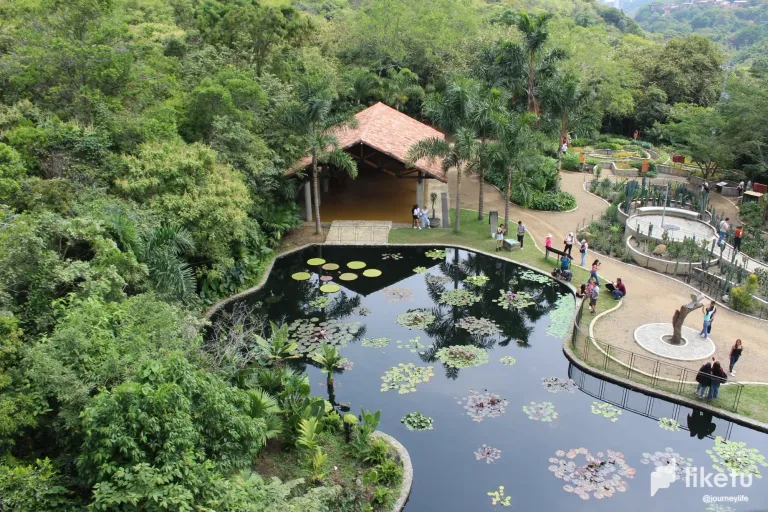
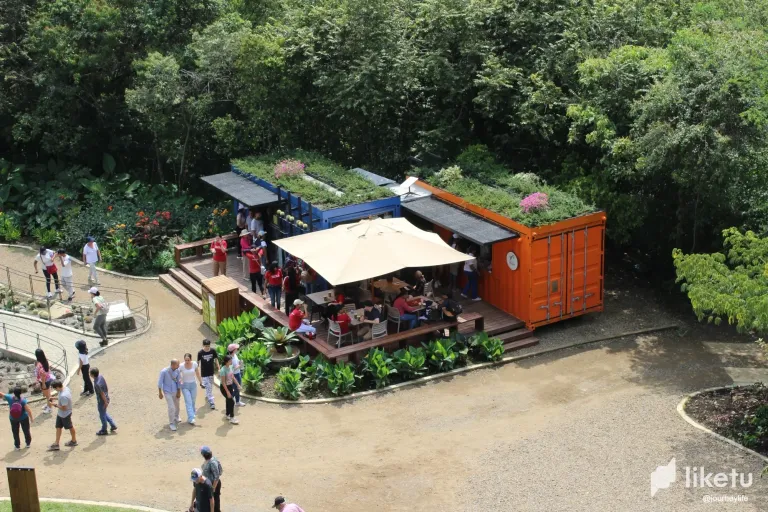
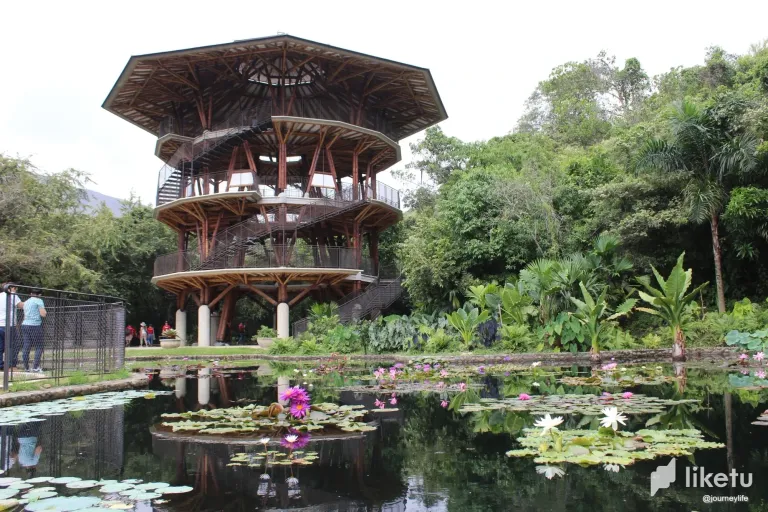

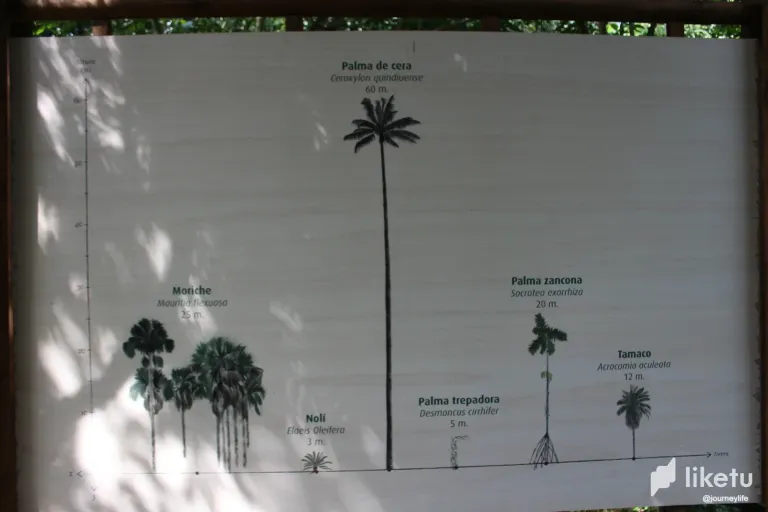
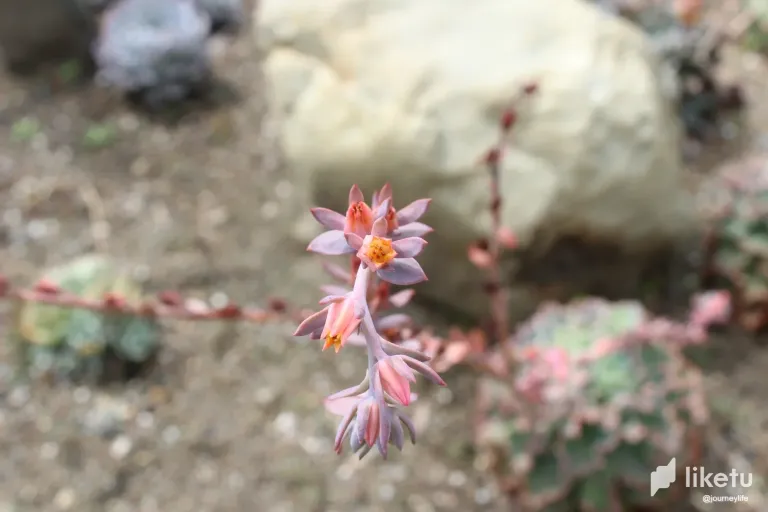
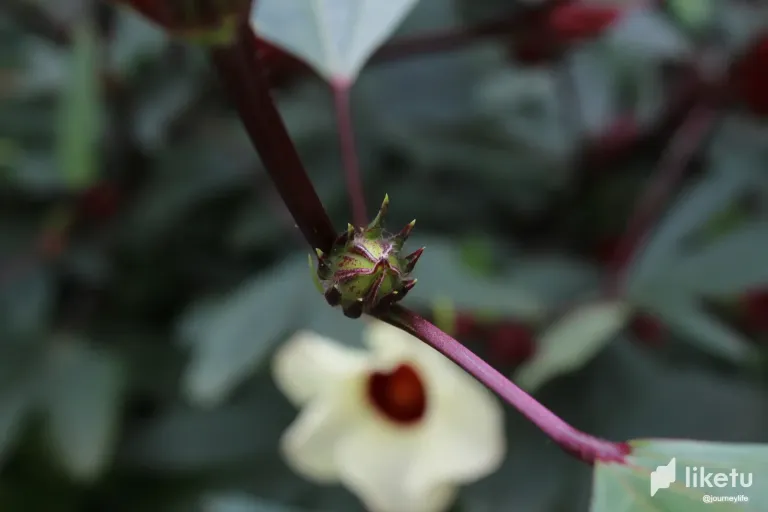
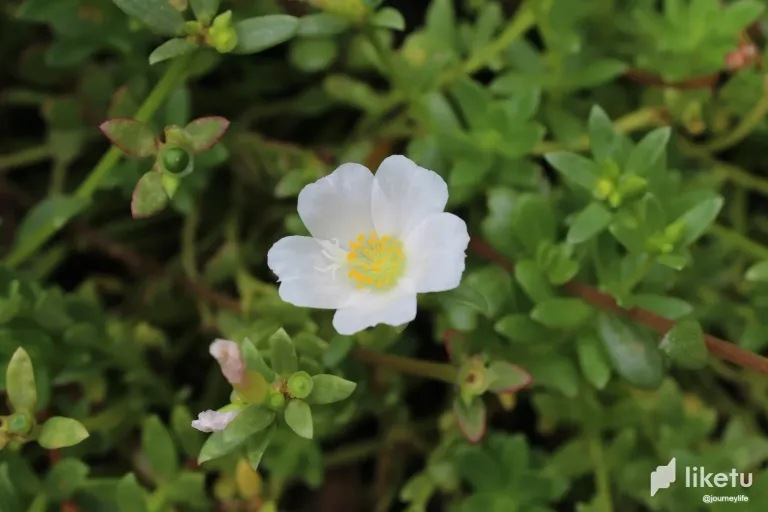
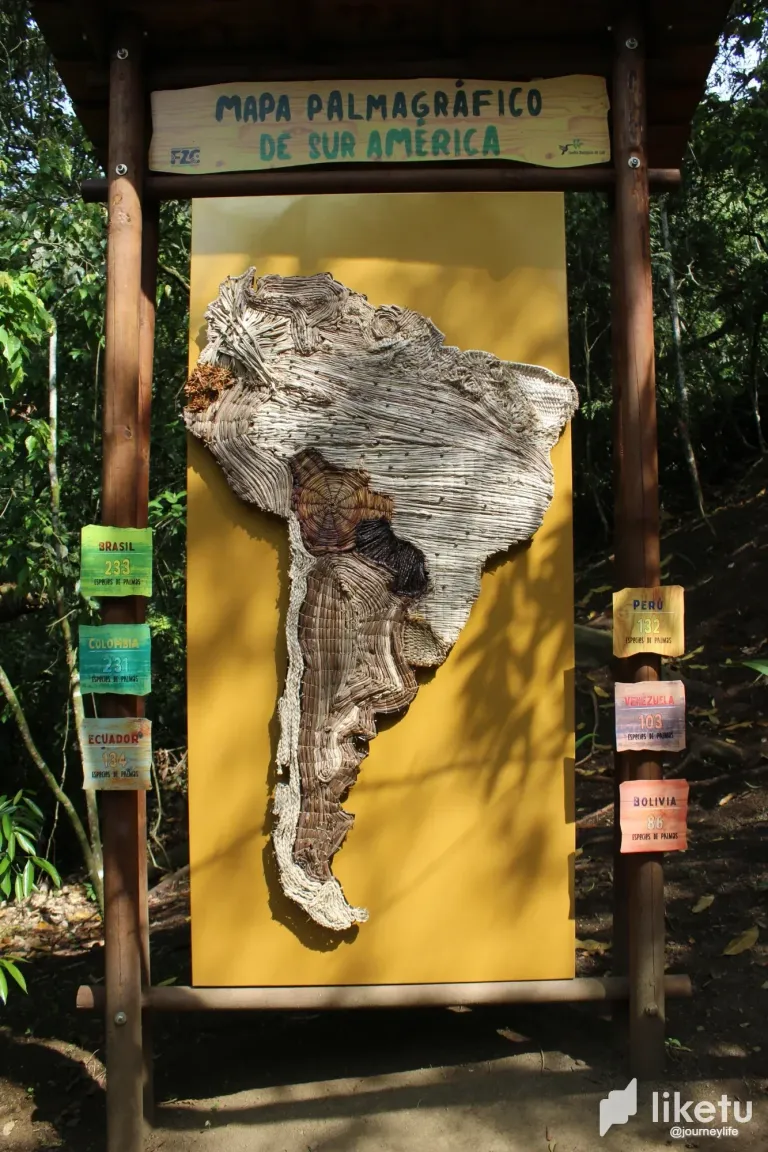
Su fundación se dio en el año 2001, desde aquel año su propósito se encaminó a promover la conservación, investigación y educación ambiental de la flora del Valle del Cauca, llevándolo a cabo por medio de procesos socio ecológicos.
En este espacio de bosque seco tropical (BST), se encuentran más de 190 especies, “de las cuales 49 han crecido naturalmente y 143 hacen parte de las colecciones botánicas especializadas”, sin embargo, tanto las que ya se encontraban habitando el este territorio como aquellas que han sido introducidas, contribuyen a la conservación del BST, la seguridad alimentaria y los servicios ecosistémicos.
Se pueden encontrar 8 generos de orquídeas, 30 especies de bromelias, 18 especies de palmas, 27 especies de aráceas, 60 especies de cactus.
It was founded in 2001, and since then its purpose has been to promote the conservation, research and environmental education of the flora of Valle del Cauca, through socio-ecological processes.
In this area of tropical dry forest (BST), there are more than 190 species, "of which 49 have grown naturally and 143 are part of the specialised botanical collections", however, both those that were already inhabiting this territory and those that have been introduced, contribute to the conservation of the BST, food security and ecosystem services.
There are 8 genera of orchids, 30 species of bromeliads, 18 species of palms, 27 species of araceae, 60 species of cacti.
For the best experience view this post on Liketu